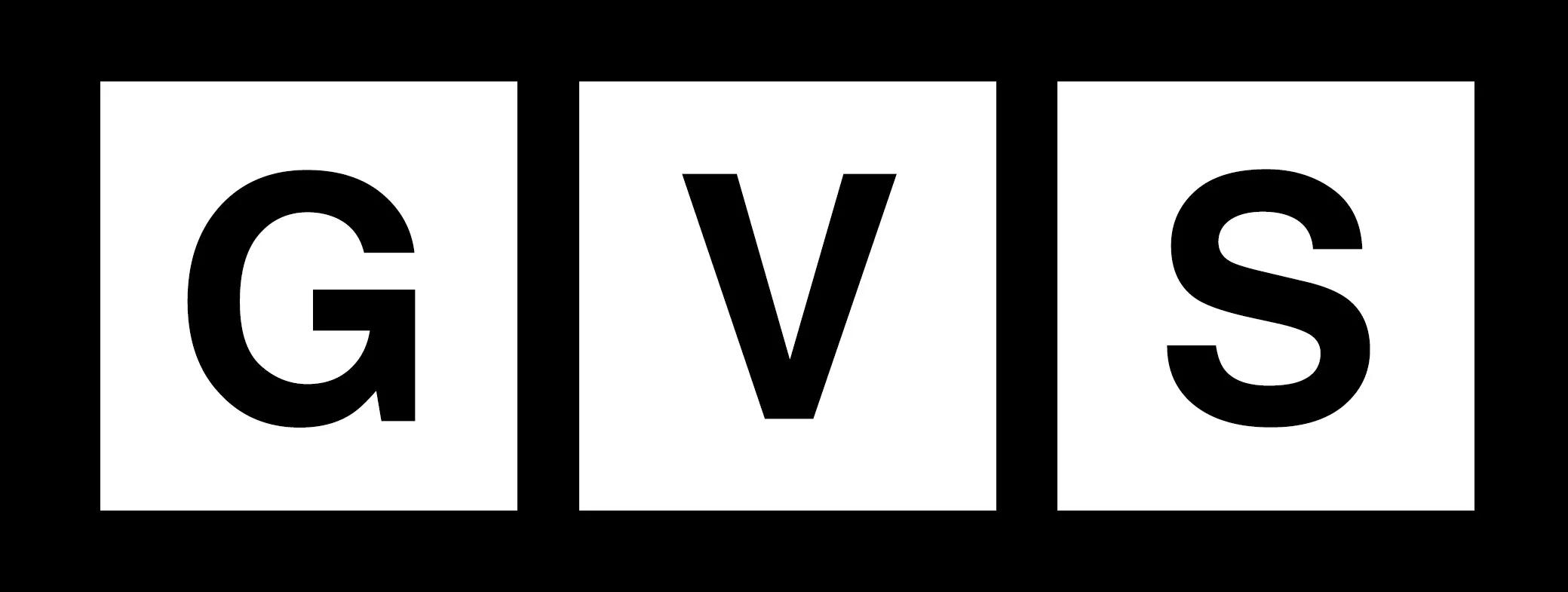CEOs Anticipate Slower Sales and Scale Back Hiring Plans Amid Cooling US Economy
As the US economy shows signs of cooling, CEOs are adjusting their hiring plans and expecting a decline in sales. The Business Roundtable’s CEO Economic Outlook Survey, released on September 18, reveals that corporate leaders are pulling back on hiring over the next six months and foresee a slowdown in consumer spending.
The survey’s composite index, which measures CEO expectations for capital spending, hiring, and sales, dropped five points to 79, marking the first time this year that it has fallen below its historical average of 83. The decrease in the index is primarily driven by reduced hiring expectations and a significant decrease in anticipated sales, despite a slight increase in capital investment plans.
While capital investment plans showed a slight improvement, with the subindex tracking capital expenditures rising by three points to 73, CEOs are increasingly concerned about moderating demand for goods and services as the economy cools. Sales expectations took a significant hit, with the sales subindex falling 13 points to 110 in the latest survey.
CEOs also reported more cautious hiring plans over the next six months, with the hiring subindex falling by five points to 55. However, less than 30 percent of surveyed executives indicated they plan to cut headcount, which is not far below the historical average. Additionally, 37 percent of CEOs expect no change in their workforce, while 34 percent anticipate increasing hiring.
The decline in sales expectations could be influencing companies’ more conservative hiring strategies. Business Roundtable CEO Joshua Bolten suggests that the survey results align with the Federal Reserve’s perspective on a softening economy. The CEOs surveyed by the Business Roundtable predict that the US gross domestic product (GDP) will grow 2.3 percent for all of 2024, slightly faster than the 2.0 percent projected by Federal Reserve policymakers.
Federal Reserve Chair Jerome Powell acknowledges the cooling labor market conditions, citing a notable slowdown in payroll job gains and eased nominal wage growth. Powell states that a broad set of indicators suggests that conditions in the labor market are now less tight than before the pandemic in 2019. As inflation falls closer to the Fed’s target and the labor market cools, the downside risks to employment increase. Fed officials now expect the unemployment rate to rise to 4.4 percent by the end of the year, higher than their previous projection of 4.0 percent.
Investors and economists are increasingly focused on cracks in the labor market and signs of slowing growth. Job openings hit their lowest level in over three years in July, while layoffs in August reached their highest level for the month in 15 years. Andrew Challenger, Senior Vice President of Challenger, Gray & Christmas, states that the labor market overall is softening.
With CEOs scaling back hiring plans and anticipating slower sales, it is evident that the US economy is experiencing a cooling period. The adjustments made by corporate leaders reflect their concerns about moderating demand and the overall state of the labor market. As the Federal Reserve implements a significant rate cut and recalibrates its policy to boost the economy and shore up the labor market, it remains to be seen how these measures will impact the future trajectory of the US economy.
